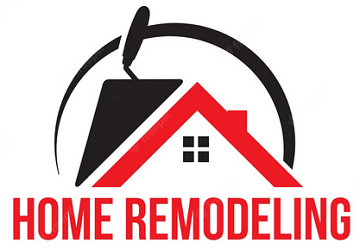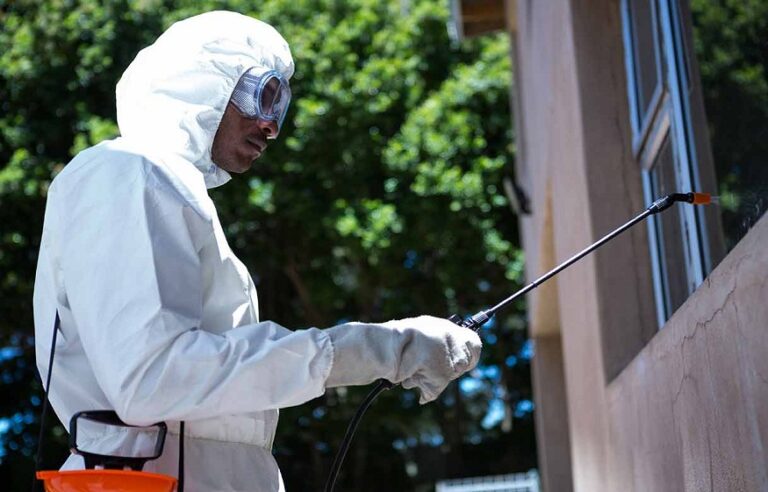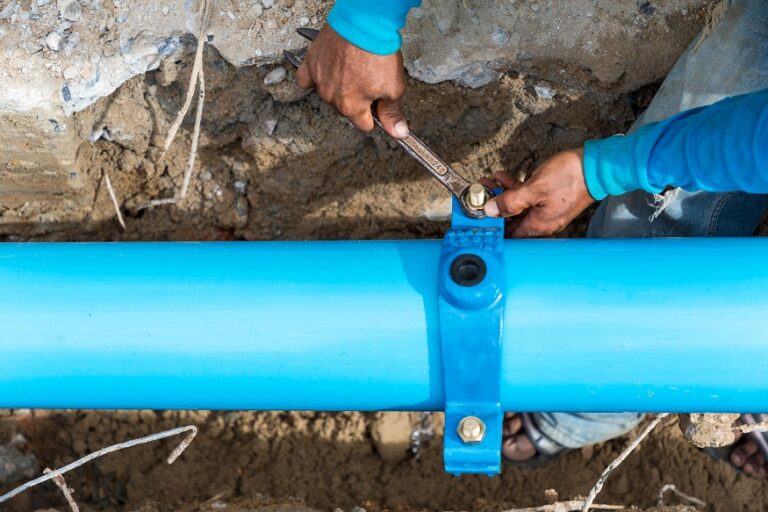Trees are not just green ornaments in our landscapes; they are vital contributors to the environment, offering shade, oxygen, and beauty. However, there are times when a tree needs to be removed due to various reasons such as disease, safety concerns, or landscaping projects. In such instances, ensuring safe tree removal becomes paramount to protect both property and people. This comprehensive guide explores the importance of safe tree removal, the risks involved, and the steps to take to ensure a smooth and secure process.
Understanding the Importance of Safe Tree Removal
Safe tree removal is essential for several reasons:
Safety: Dead or damaged trees pose significant risks to property and human safety. Falling branches or entire trees can cause injury to people or damage to buildings, vehicles, and other structures.
Property Preservation: Removing trees in a controlled manner helps preserve the integrity of surrounding property, preventing potential damage from falling limbs or uprooted trees.
Environmental Impact: Proper tree removal ensures minimal disruption to the surrounding environment. It allows for the replanting of new trees or the restoration of the area without causing harm to ecosystems.
Aesthetic Appeal: Removing diseased, dying, or unsightly trees can enhance the overall appearance of your landscape, improving curb appeal and property value.
Identifying the Risks Involved
Tree removal is inherently risky and should be approached with caution. Some common risks associated with tree removal include:
Structural Instability: Trees that are diseased, damaged, or weakened by age may have compromised structural integrity, making them prone to unexpected failure during removal.
Electrical Hazards: Trees growing near power lines present a significant risk during removal, as contact with live wires can result in electrocution or power outages.
Falling Limbs: Large branches or limbs can pose a hazard to workers and bystanders during tree removal. Proper planning and equipment are necessary to mitigate this risk.
Property Damage: Incorrectly felling a tree can lead to damage to buildings, vehicles, fences, and other structures nearby.
Steps for Safe Tree Removal
To ensure safe tree removal, it is essential to follow a systematic approach:
Assessment and Planning: Begin by assessing the tree and its surroundings. Identify any hazards such as nearby structures, power lines, or uneven terrain. Develop a removal plan that considers the safest and most efficient approach.
Equipment Preparation: Gather the necessary equipment for tree removal, including chainsaws, ropes, harnesses, and personal protective gear. Ensure that all equipment is in good working condition and properly maintained.
Pruning and Limbing: Before felling the tree, remove any low-hanging branches or limbs that may obstruct the removal process. This step helps create a clear path for the tree to fall and reduces the risk of entanglement.
Felling the Tree: Determine the direction in which the tree should fall and make a precise cut on the side facing the desired direction. Use wedges or guide ropes to control the tree’s descent and ensure it falls safely away from any obstacles.
Stump Removal: Once the tree is felled, remove the remaining stump and roots to prevent regrowth and clear the area for future use. Stump removal may require specialized equipment such as stump grinders or excavators.
Cleanup and Disposal: Dispose of tree debris responsibly, either by chipping it for mulch or hauling it away for proper disposal. Inspect the area for any remaining hazards and ensure that the site is left clean and safe.
Hiring a Professional Tree Removal Service
While some homeowners may attempt tree removal themselves, hiring a professional tree removal service is often the safest and most efficient option. Professional arborists have the knowledge, experience, and equipment to handle tree removal safely and effectively. When selecting a tree removal service, consider the following factors:
Credentials and Experience: Choose a company that is licensed, insured, and certified by reputable arborist organizations. Look for professionals with extensive experience in tree removal and a track record of safety and customer satisfaction.
Safety Protocols: Inquire about the company’s safety protocols and procedures for tree removal. Ensure that they follow industry best practices and adhere to safety standards set by relevant regulatory agencies.
References and Reviews: Ask for references from past clients and read online reviews to gauge the company’s reputation and reliability. A reputable tree removal service should have positive feedback and a history of satisfied customers.
Cost and Estimates: Obtain multiple quotes from different tree removal companies and compare their pricing and services. Beware of lowball estimates that may indicate subpar workmanship or hidden fees. Choose a company that offers transparent pricing and a detailed written contract.
Conclusion
Safe tree removal is a critical aspect of property maintenance and landscaping. By understanding the importance of safe tree removal, identifying potential risks, and following proper procedures, homeowners can ensure the health and safety of their landscapes. Whether tackling tree removal as a DIY project or hiring a professional tree removal service, prioritizing safety is essential to minimize risks and achieve successful outcomes. With careful planning and execution, safe tree removal can help preserve the beauty and functionality of your outdoor space for years to come.












+ There are no comments
Add yours